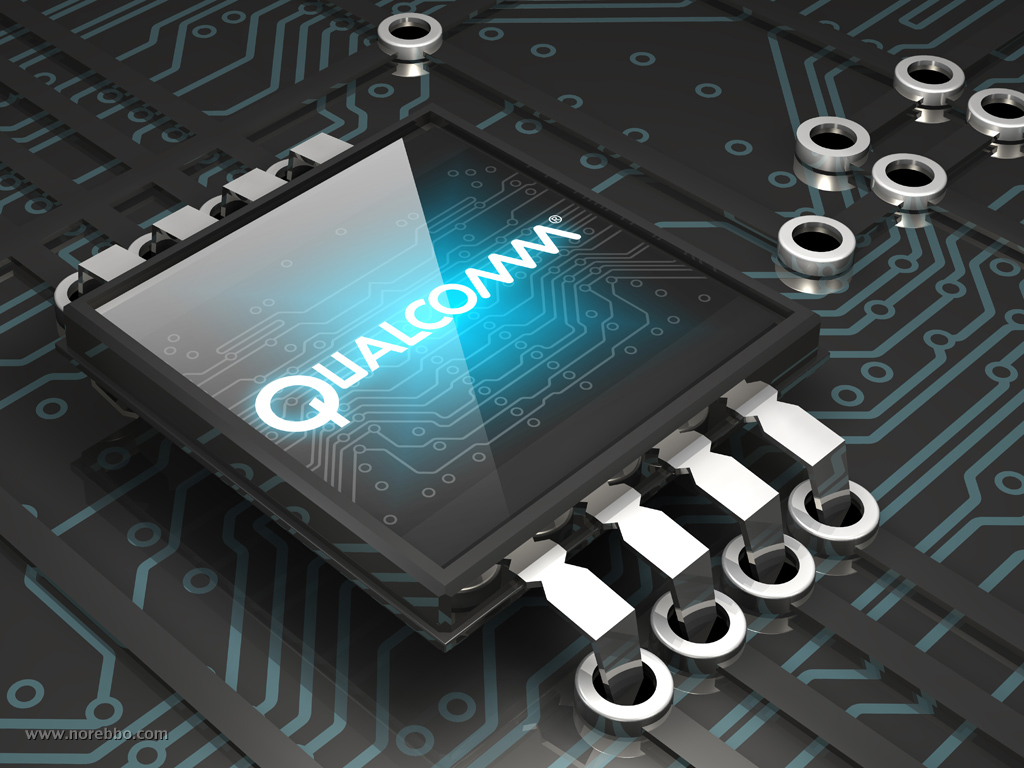Doesn’t it bother you that Apple sells its LTE devices like the iPhone 5 and latest iPads in a bunch of variants, depending on your carrier and geographical location? For example, the iPhone comes in two GSM models and one CDMA version. Blame it on the limitations with existing wireless chipsets, not Apple. Long-Term Evolution (LTE) is a fantastic technology, but it’s also highly fragmented.
And with nearly fifty different cellular bands in use globally worldwide, no wonder LTE is a bag of hurt, one that has introduced fragmentation unlike any other cellular radio technology before it.
Fortunately, chip maker Qualcomm has announced a new cellular solution which supports as much as 40 different bands on a single chip. It could finally allow Apple to build a truly global iPhone model that could support all implementations of the major cellular technologies used by carriers the world over…
According to a media release, Qualcomm’s new RF360 chipset supports seven cellular radio technologies, including LTE-FDD, LTE-TDD, WCDMA, EV-DO, CDMA 1x, TD-SCDMA and GSM/EDGE.
Just to illustrate what a headache LTE is, Apple sells its iPhone 5 in two GSM variants – model A1428 for LTE bands 4 and 17 and model A1429 for LTE bands 1, 3 and 5 – and one CDMA variant, model A1429 for LTE bands 1, 3, 5, 13 and 25. The handset uses Qualcomm’s MDM9615M LTE modem and RTR8600 Multi-band/mode RF transceiver.
The RF360 chipset solves this cellular fragmentation in one fell swoop. The silicon also improves RF band performance and has five components to it: Dynamic Antenna Matching Tuner (QFE15xx), Envelope Power Tracker (QFE11xx), Integrated Power Amplifier / Antenna Switch (QFE23xx) and RF POP (QFE27xx).
Here’s Qualcomm’s promo video.
Qualcomm says the new chipset could find its way inside mobile devices launching during the second half of 2013, conveniently coinciding with the next iPhone. It could also be a nice fit for that rumored inexpensive iPhone model.
It gets even better than that: because the chip supports TD-SCDMA used by China Mobile, the next iPhone could also launch on the world’s leading carrier, provided Apple and state-owned China Mobile finally cut that long rumored iPhone distribution deal. Morgan Stanley says a budget iPhone could triple Apple’s share of the Chinese market.
By the way, Qualcomm’s advertising is certainly much better than their keynotes.
Check out this ad where they put up a poster featuring a URL at a bus stop, watch what happened when people visited the mobile site on their devices.
This has go to be the best bus stop ever, no?
Per Flurry data, China is now officially the world’s largest market for mobile devices and Tim Cook recently met with China Mobile execs to talk “matters of cooperation” so a deal appears to be a matter of ‘when’, not ‘if’.
Local and inexpensive smartphone brands have pushed Apple out of China’s top five rankings so a deal with China Mobile should be a high priority.
